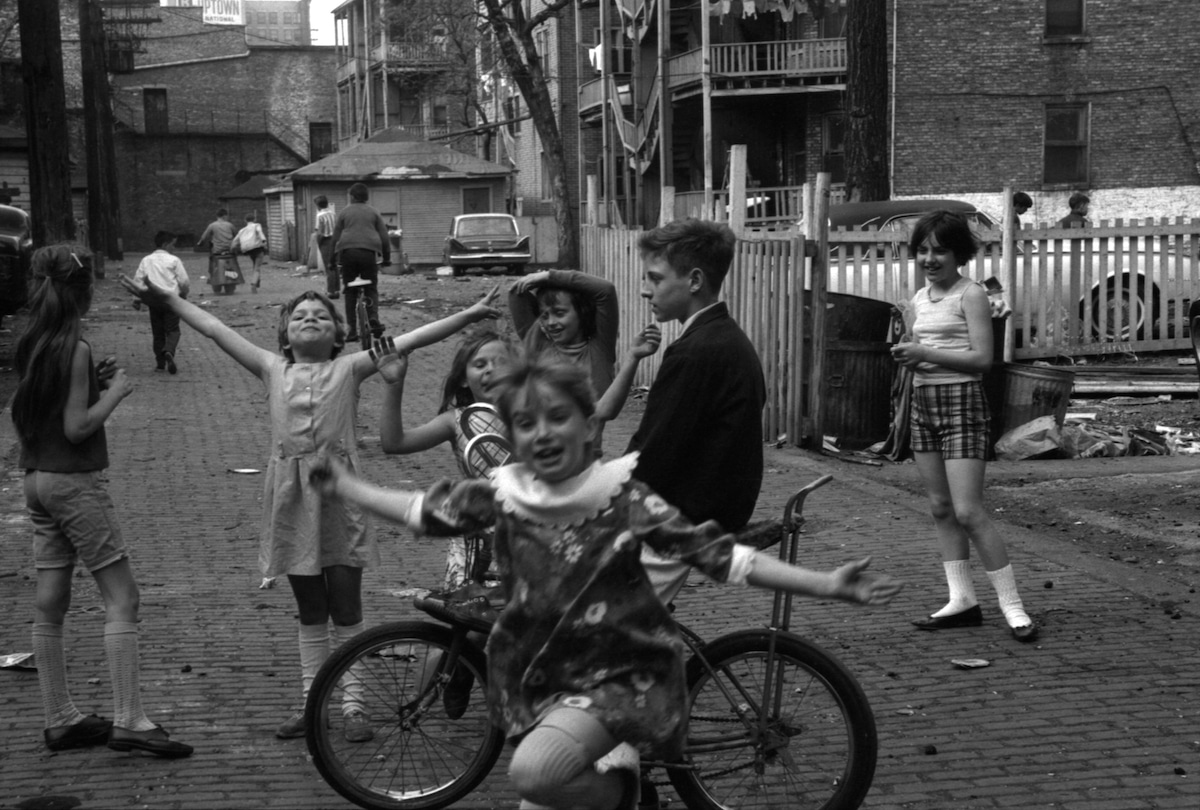
Back Alley Joy, 1965 (Photo ©Art Shay/Courtesy of Monroe Gallery of Photography)
Over the course of a 70-year career, eminent photographer Art Shay has documented the world around him, moving from the battlefield to the Oval Office with ease. Born in the Bronx in 1922, Shay’s love of photography began as a teenager; and when he later served as a navigator in the U.S. Army Air Forces in World War II, he brought along his trusty Leica.
After returning from the military, he began a stint at Life magazine. It was here that he mingled with some of the great photographers of his generation—Francis Miller, Wallace Kirkland, and Alfred Eisenstaedt. At aged 26, working as Life‘s youngest bureau chief, he was writing bylines and absorbing lessons that would inform his entire career.
After departing Life, he went on to work as a freelance photographer with iconic publications like Time, Fortune, and Sports Illustrated. These assignments brought him to photograph nine U.S. Presidents and some of the most recognizable celebrities, authors, and political figures of the 20th century. Not dedicated solely to photographing well-known personalities, he continued to document the life of average Americans.
More than just a photographer, Shay is also an accomplished playwright and children’s book author. All told, including photo books, he’s published more than 75 books in his 95 years and was recently honored at the Lucie Awards in Carnegie Hall with a Lifetime Achievement Award.
A master at capturing the human spirit, we had the honor of asking Shay some questions about his storied career on the occasion of a retrospective exhibition of his work at the Monroe Gallery of Photography in Santa Fe, New Mexico. Art Shay: A Tribute runs through January 21, 2018.

Sisters, Chicago, 1949 (Photo ©Art Shay/Courtesy of Monroe Gallery of Photography)
While working at Life magazine as a writer, you wrote bylines for some of the greatest photographers of the time. Who would you say taught you the most through their work and how so?
Francis Miller, who had come to Life from newspapers in Texas, taught me how to let my subjects speak for themselves in whatever way they wanted to. This helped develop my curiosity.
What was the most memorable assignment you had as a freelance photographer?
My most memorable assignment was covering the 1960 JFK and Nixon at the debate for Time because I knew I was present at a historical occurrence.
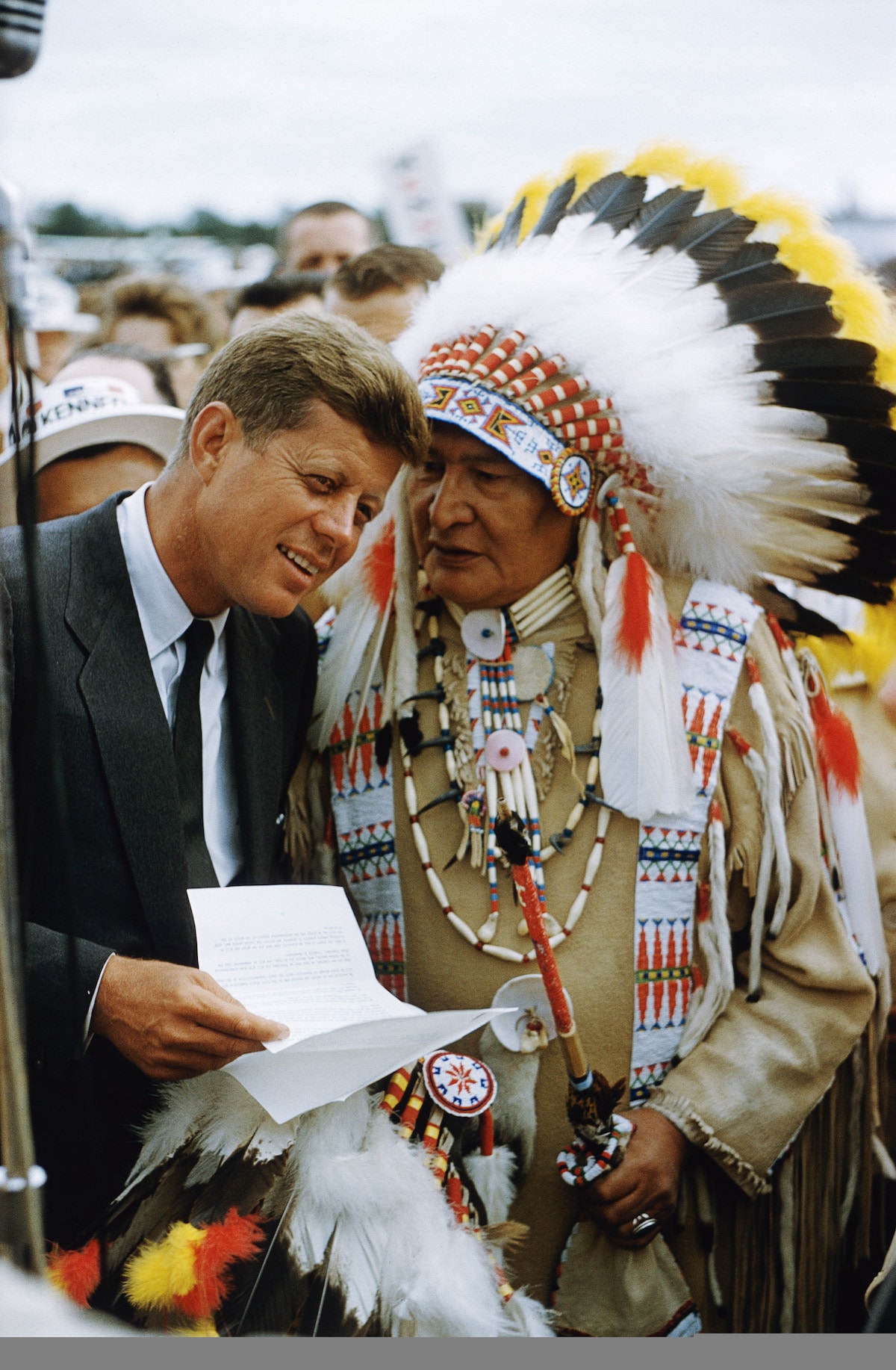
John F. Kennedy receives Native American request, Sioux Falls, South Dakota, 1960 (Photo ©Art Shay/Courtesy of Monroe Gallery of Photography)
What do you think is the biggest difference between photojournalists working now and when you started your career?
When I started out it wasn’t much of a profession—that is, you were a photographer or a writer. David Scherman and David Douglas Duncan eased the pathways to photojournalism. They helped me to define myself as a photojournalist.
Who would you say are your favorite subjects to photograph and why?
JFK was my favorite subject to shoot because he was always aware of where the camera was and he was performing for it—and knew what we were doing was important.
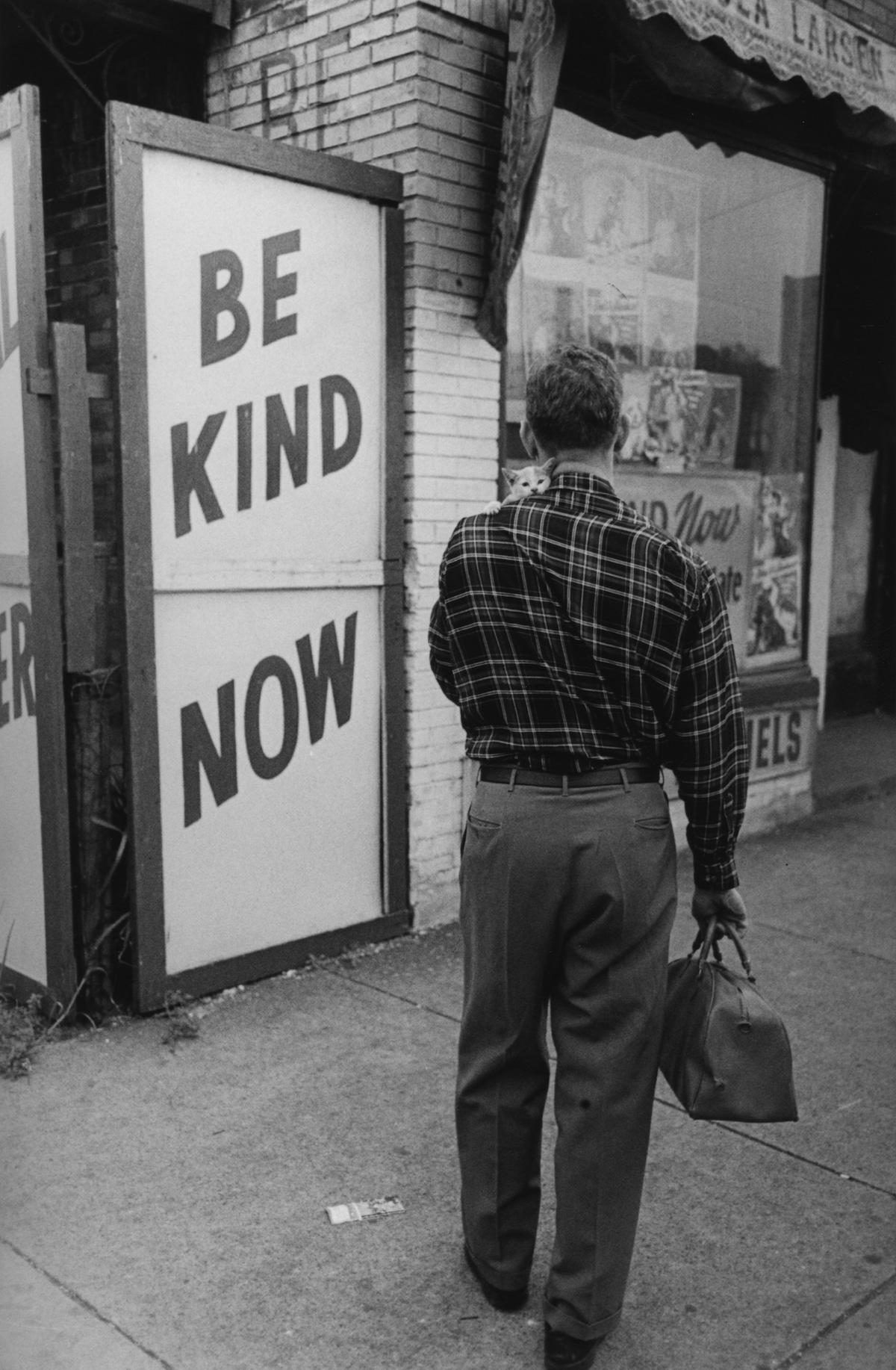
Be Kind Now, 1950 (Photo ©Art Shay/Courtesy of Monroe Gallery of Photography)
Which photographers inspired you as you began your career?
Francis Miller and Alfred Eisenstadt by the variety of their achievement and work. They took an ordinary scene and made a journalistic event out of it. Leonard McCombe was a good example for all of us. He used the camera to express feelings that had never been expressed before. These guys used the camera as an extension of the eye.
I was also influenced by the great Honore Daumier, who hung out around the courthouses of Paris in the 1860s using pen and paper. He early on accomplished what many of us achieved much later. All by itself, Life magazine, which started in 1936, opened the door to photography as a separate language from words.
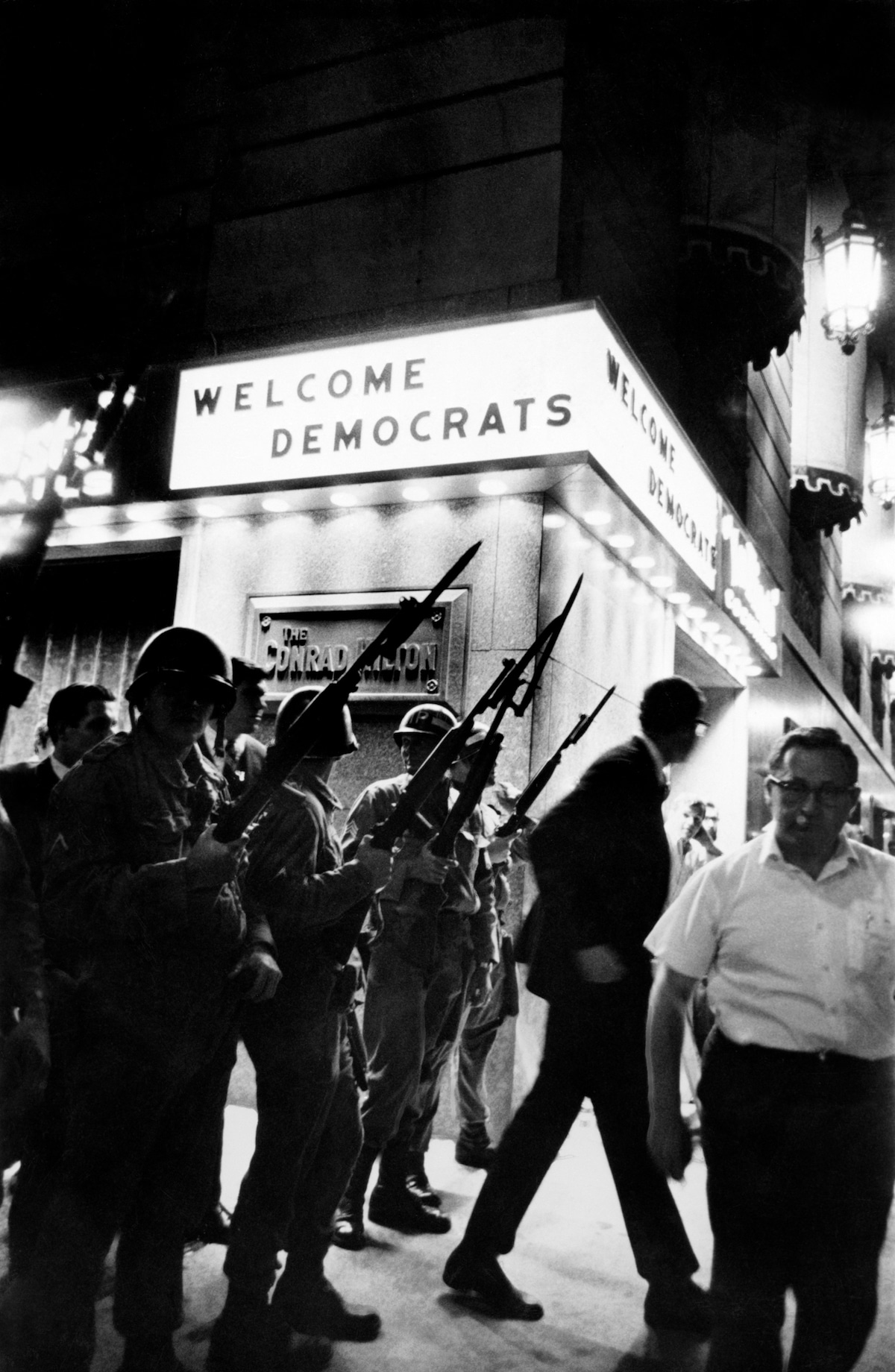
Welcome Democrats, Hilton Hotel, Michigan Avenue, August 1968, Democratic Convention (Photo ©Art Shay/Courtesy of Monroe Gallery of Photography)
Which contemporary photographers currently working are you fond of?
Sandro Miller, a Chicago photographer, is probably my favorite contemporary photographer. His pictures tend to override the sense of thereness. He is not only there, but in Writer Nelson Algren’s phrase, “he puts you in the room.” A characteristic of good writing that Algren found in Dostoevsky and Tolstoy and I find in Chekov and Hemingway.
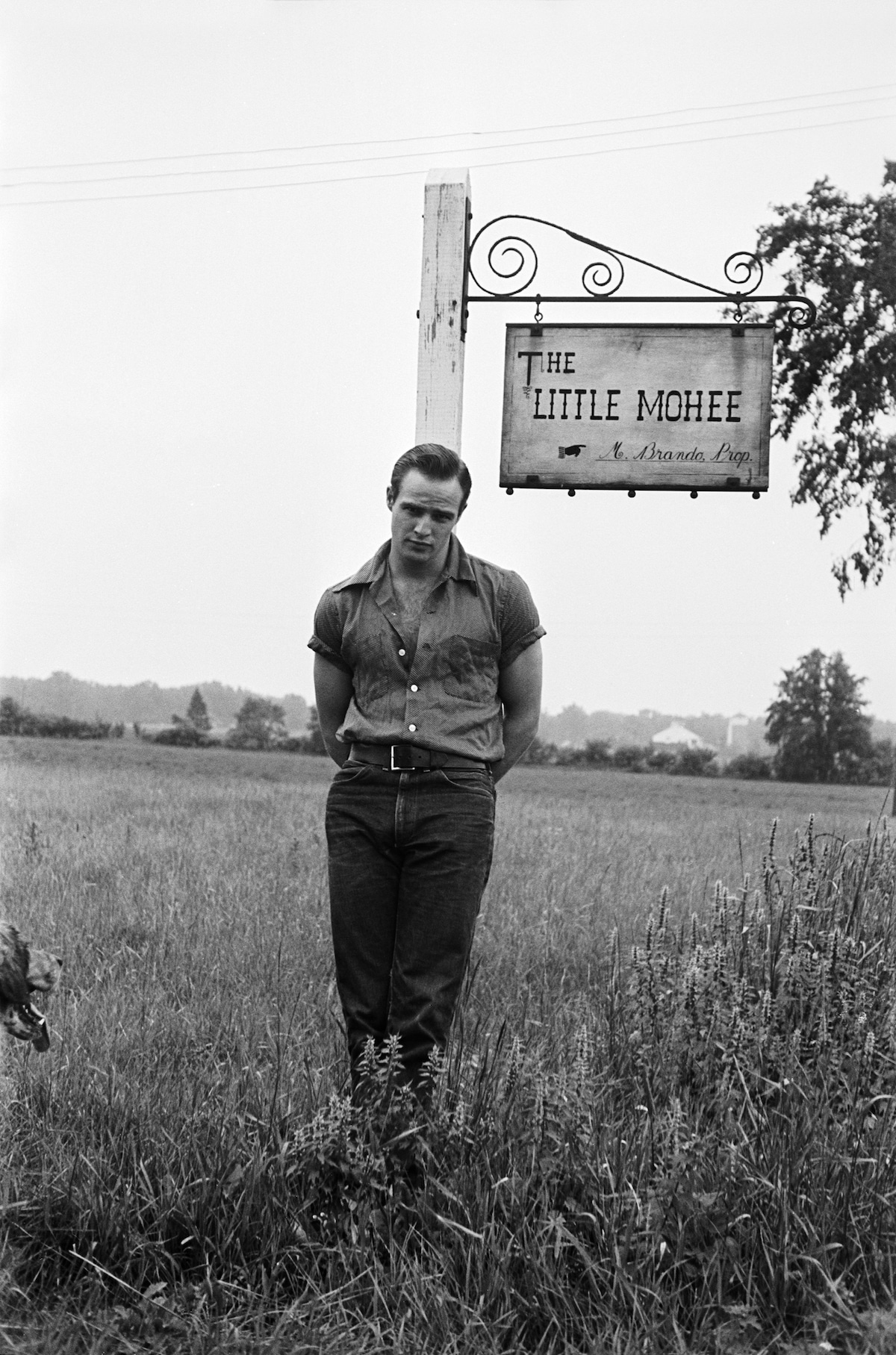
Marlon Brando, The Little Mohee, Liberty, Illinois, 1950 (Photo ©Art Shay/Courtesy of Monroe Gallery of Photography)
What advice do you have for upcoming photographers trying to make a career for themselves?
My advice is to give some thought to what you are trying to do and accomplish and regard each photo session as a turn at bat.
You have such an impressive archive of imagery. What do you hope your legacy is?
I hope my legacy is: I was a man of my own time who showed future generations what those times were.
Art Shay: Website | Instagram
Monroe Gallery of Photography: Website | Facebook
Related Articles:
The History of Photojournalism. How Photography Changed the Way We Receive News
The Story Behind the Iconic ‘Migrant Mother’ Photo that Defined the Great Depression
Art History: The Life and Lessons of Master Photographer Henri Cartier-Bresson
